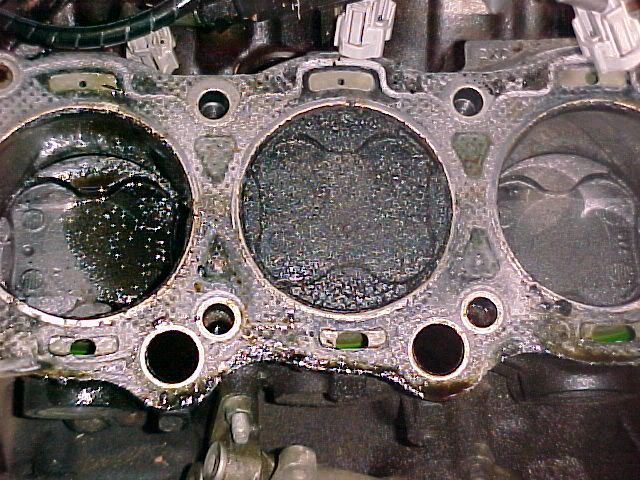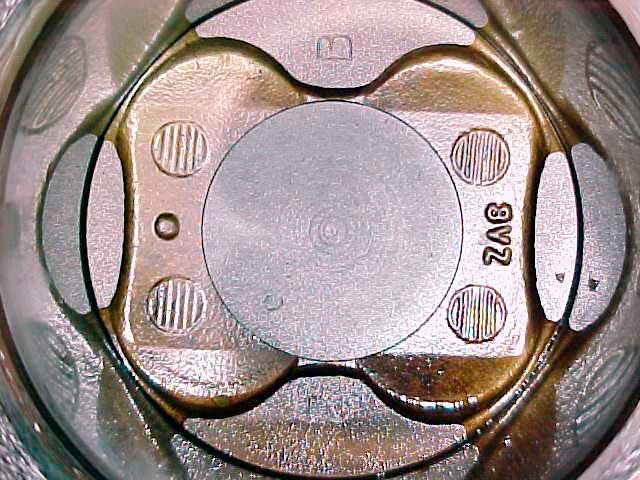Awesome.... thanks! I was thinking that makin Seafoam a permanent addition is likely not a good idea. I too am sceptical when it comes to additives. I was thinking that IF Seafoam is as good as people say it is and DOES clean out varnish and carbon deposits that the only place the gunk will settle is the oil filter. I plan to maybe do a few more frequent changes in a row (lets say every 500 miles) to flush out the motor. I have no idea of the maintenance schedule of the PO...
Seafoam may be snake oil

I don't know... lord knows I've done a lot of reading up on it before I put it in the motor last night. What convinced me is a post on the Lexus forum where a guy shows the tops of his pistons before and after use... and I gotta say it seems to have made a difference... I will steal his images

Here is a link that convinced me:
http://clublexus.com/forums/es300-and-es330-forum/185227-how-to-seafoam.html
Lexus motor after 90,000 miles

An image after used it for 6 months (claiming).
Another thing I found out that Castrol does not own their own refineries, and therefore naturally must purchase base stock from other manufacturers. Coincidentall, Petro Canada has been one of their major and almost exclusive suppliers. And I have to vouch that their base stock is one of the cleanest, if not THE cleanest (unbiased opinion since we don't deal with them anymore). Castrol though might blend base stocks from several suppliers in their manufacturing process.
Here is some useless info on Petro Canada oil that made me a believer (in case it is raining out and you have nothing better to do):
Conventional solvent refining renders most base stock 70 - 80% pure. Petro Canada has a patented process that they call Hydrotrating that refines crude oil to 99.9% purity. Which they claim eventually transpires into less deposits in the motor and what they claim to be the same cleaning potential and characteristics of synthetics (verbal claim from one of their lab rats). It's too bad that their products are so hard to find. Even here in Canada. If you want a more scientific explanation check out this link. I don't mean to be plugging their products in any way, just posting what I remember about this topic

This is what the base stock does look like (I've seen it) before they put in additives and stabilizers that ultimately discolor it.

Here is a PDF
http://www.birdfuels.com/Patented%20HT%20Purity%20Process.pdfAnd a web page:
http://lubricants.petro-canada.ca/en/innovation/238.aspxNow that said... I have no idea where to get it anymore